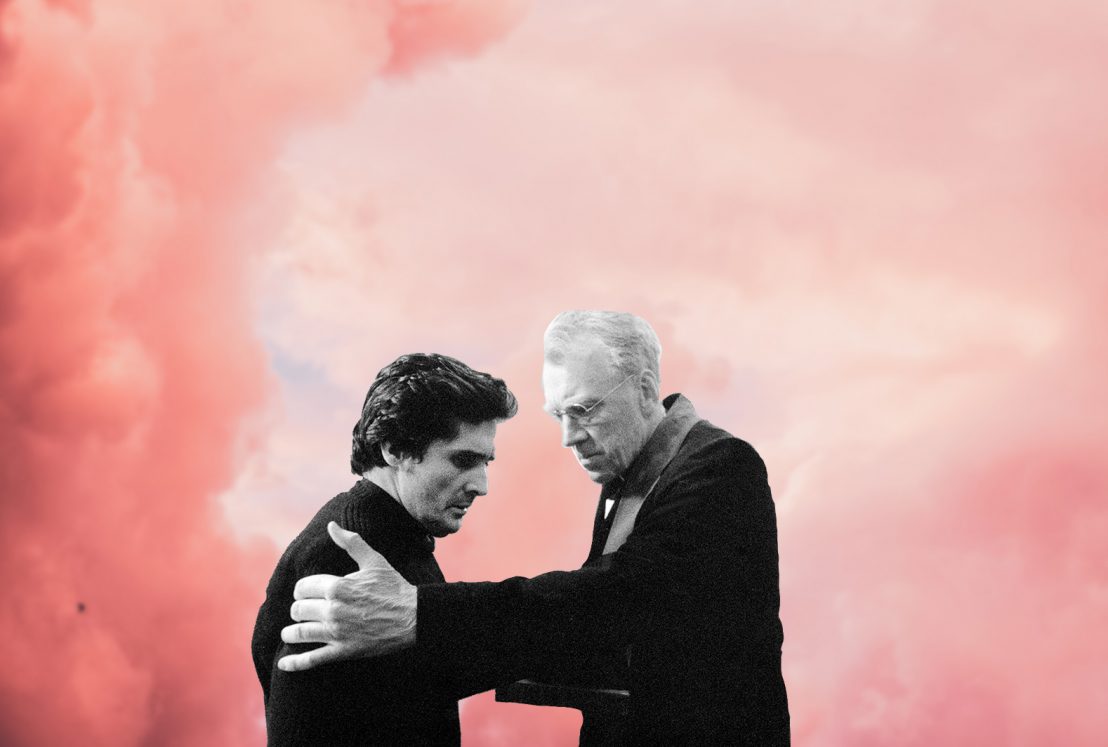
In 1973, as the exhalations of fall were beginning to give way to bitter winter, The Exorcist was released upon moviegoers who, agog with apprehension and anxious curiosity, stood stalwart outside sold-out theaters in the foul weather for hours. The film’s insidious allure spread swiftly, the word-of-mouth seeping like something infectious from person to person, until the whole country was seeing demons in their sleep. It grossed over $428 million against a $12 million budget, making it the highest-grossing R-rated film until Andy Muschietti’s It in 2017, and became the first horror film to be nominated for Best Picture at the Oscars.
All this was achieved under the unflinching, maybe tyrannical direction of William Friedkin, the great lunatic of the New Hollywood era, a mercurial man and despotic rebel who would do anything to anyone to bring his vision to life, including unrepentantly torturing his cast and crew. While we could argue over Friedkin’s Means/Ends method, it remains undeniable that The Exorcist is a work of lurid intensity, a film unlike any audiences had endured before – a work of big-budget exploitation, adroitly cruel and jostling, a display of corporeal chaos and spiritual hysteria rooted inextricably in a secular reality indivisibly influenced by the rituals and myths of Catholicism and a firm belief in redemption.
It all starts with Max Von Sydow, the most experienced and – among fans of foreign and art films – most revered actor in The Exorcist. (His role harks to his work with Bergman, a man of faith and dourness.) From his earliest appearances, the perpetually stoical Swede possessed a certain cryptic quality – a weariness that one normally only acquires with experience. Six-foot-three and gaunt-faced, he seemed somehow wise, somehow haunted; a man who carried the accumulation of years on his face and its scoriations, in those eyes that glistened with the understanding of an unending struggle. At 44, two decades into his career, he was finally recognized by mainstream American moviegoers for his portrayal of the sapiential, unflustered Father Merrin.
Though von Sydow appears in less than 20 minutes of the film, it is his silhouette, enfolded by wisps of fog and doused in the unearthly light spilled by a long, lone lamppost, that became the iconic image of the film; it is his climactic confrontation with the demon, Pazuzu (whose “dominion was sickness and disease,” William Peter Blatty writes in the novel), the way he bellows “The power of Christ compels you!” with every last ounce of life he has left, that, along with the head-spinning and pea soup spew, has survived 50 years of pop-culture inundation.
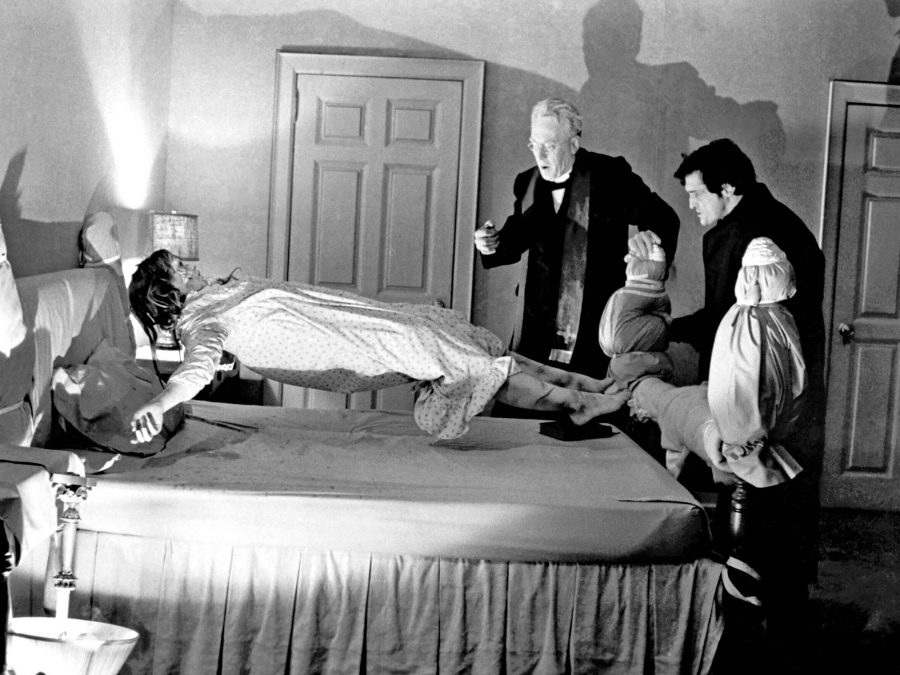
We meet Merrin during the film’s taciturn prologue, set in Northern Iraq. In the ravenous heat, workers hack and dig and scurry about an excavation site. Curious relics adorned with ghastly markings are unearthed, and Merrin alone seems to comprehend the significance of things to come. Merrin remains reticent; it is the unuttered perturbation on his face, the look of a man who now knows that his immutable fear has finally, ineluctably come to fruition – the way his hand shakes as he struggles to get a pill from its case – that causes us anxiety.
We see that he may be important to the story, and he may possess a strong spirit, but his body has grown weak. Before we ever even meet Linda Blair’s Regan or Ellen Burstyn as her frazzled, flummoxed mother, the mood for the film has been established, succinctly and stylish; the ageless darkness of the supernatural encroaches on our reality, the surreal made real captured by the saffron spill of sunset, the orange orb sinking, disappearing, consumed by a terrible tenebrosity. We know what we are up against.
But the unlikely star of the film is Jason Miller, a playwright (he would go on to win a Pulitzer) who was cast at the vehement insistence of Friedkin as Father Damian, a psychiatrist from Georgetown haunted by guilt regarding the death of his mother, whom he feels he let down. He provides the aching humanity that clashes with the portentous hysterics of Friedkin’s aesthetic and keeps the captious filmmaker from disappearing up his own ass.
The Exorcist will always be remembered for its visceral shocks, the unnerving effects and Friedkin’s alarming ability to make viewers squirm in their seats with violence and vulgarity, but the film is great not just as horror but as drama. This is largely because of the quiet, solemn scenes of Miller running, praying, ruminating, leading mass with glum sobriety, talking about boxing with Lee J. Cobb’s detective, and attempting to mitigate the melancholy in his heart that has shaken his faith. His scenes in Regan’s bedroom with Von Sydow and Blair, sullied tufts of breath escaping from their mouths like fleeing souls as they recite the word of God, are pervaded by an ennui that is wholly human – a sense of dread that the good in men’s hearts may not be enough.
The sincerity with which Blatty and Friedkin feel Damian’s agony is encapsulated by the dream sequence of him watching his mother traipsing like a somnolent through the city streets. Damian shouts in awful silence and his mother descends into the subway, into the stygian bowels of the city, the dark underworld where her God can’t help her. There’s nothing violent here, no grand spectacle; it’s the crushing weight of guilt that gives it power, our crestfallen man of the cloth. In the end, it’s not God who saves Regan, or divine intervention, or the power of prayer: it’s Damian, a mere man, tormented by his own proverbial demons, sacrificing himself to save an innocent child.
Friedkin’s film is ostensibly about a girl possessed by an eldritch entity, and it provoked a trend that has yet to fully abate: supernatural/religious horror, often flaunting the gross somatic effects of possession, once done with neat practical effects and make-up, now mostly CGI. However, it is, in its heart, a film about men and women in crisis – sadistic and scary, yes, but concerned with the soul not as a strictly religious phenomenon but one intrinsic to the elusive human condition. Damian ends up being the tragic hero, mourned only by the few who know the truth. Fifty years later, no other filmmaker has managed to bless their devil/demon film with a character as complex, as fleshed out and alive with blood and a soul, as Friedkin and Blatty did with Damian.
Published 3 Oct 2023
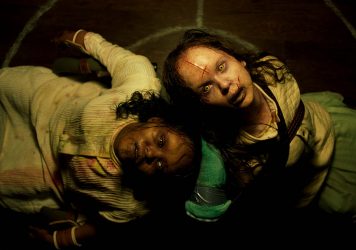
By Anton Bitel
David Gordon Green returns in his role of classic horror reboot guy to exhume and retool William Friedkin’s The Exorcist for new audiences. The results are not pretty at all.
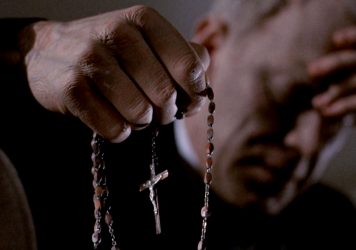
By Lara C Cory
With a new stage version arriving this month, William Peter Blatty’s story remains a potent cultural symbol.
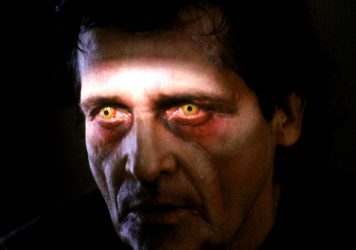
By Anton Bitel
A sense of creative conflict infuses William Peter Blatty’s spiritual follow-up to William Friedkin’s 1973 classic.